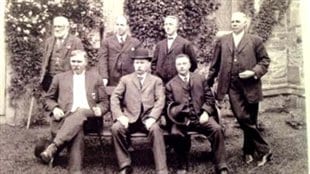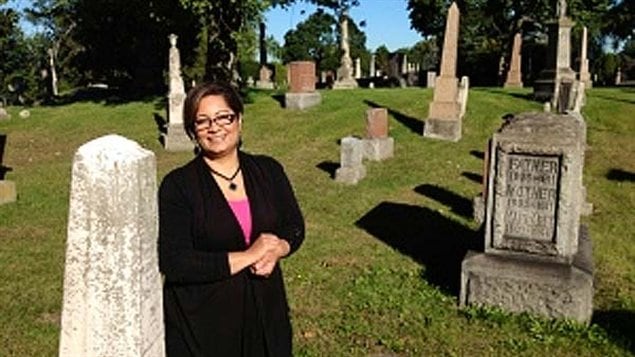As we go about our daily lives it’s not a place we really ever think about, but it is a place we’ll all end up going to one day; the cemetery.
Hamilton Ontario has the oldest municipally owned and operated cemetery in Canada. It will be the site next week of the 100th anniversary gathering of the Ontario Association of Cemetery and Funeral Professionals. In fact, Hamilton was where the OACFP began. And no, they are not all dour men in dark suits.
In fact, Hamilton’s Superintendent of Cemeteries is Crystabelle Fobler.
She talks about the beautiful Hamilton Cemetery, her job, and the upcoming centennial conference
Listen
The gathering of funeral and cemetery professionals will take place from October 1-3. Complete with historical tours of the city, display of antique hearses, and noted guest speakers, the members will also attend a trade fair with exhibitors from Canada, the US, Australia, and Europe. .
Exhibitors include casket manufacturers, monument makers, and landscape equipment dealers with machines designed to manoeuvre around headstones.
They’ll also of course tour the 100 acre Hamilton Cemetery where some 100,000 people have been laid to rest in the old European garden style of cemetery. It’s also home to all kinds of wildlife from coyotes, to deer, to eagles.
Ms Fobler says many people come just for the peaceful setting and some also say they come to seek, and find, a spirituality to the place.
She has been involved with Hamilton’s public service for about 30 years, and became involved with its cemetaries in the early 90’s. She says over that time, things have changed. Back then about 17 per cent chose cremation. Now it’s up to nearly 50 per cent.

“And green burials are a big thing now, no embalming, biodegradable casket, and sometimes no monument – perhaps just a stone. She also notes that families are these days are spread out across the country, and as people move around more their roots in the city are not as deep, so groups are generally much smaller at burials now.
She says supervising the city’s dozens of cemeteries, 67 in fact, is like supervising a small city. There is of course scheduling and organizing for burials and cremations, about 1300 per year, but also things like grass cutting, tree maintenance , garbage pickup, recycling, road maintenance and repair, building upkeep, and so on.
She would also like the public to know that those involved with the final moments of a loved one, are not just “doing their job”, but she says, “we care, we all really do care”.







For reasons beyond our control, and for an undetermined period of time, our comment section is now closed. However, our social networks remain open to your contributions.